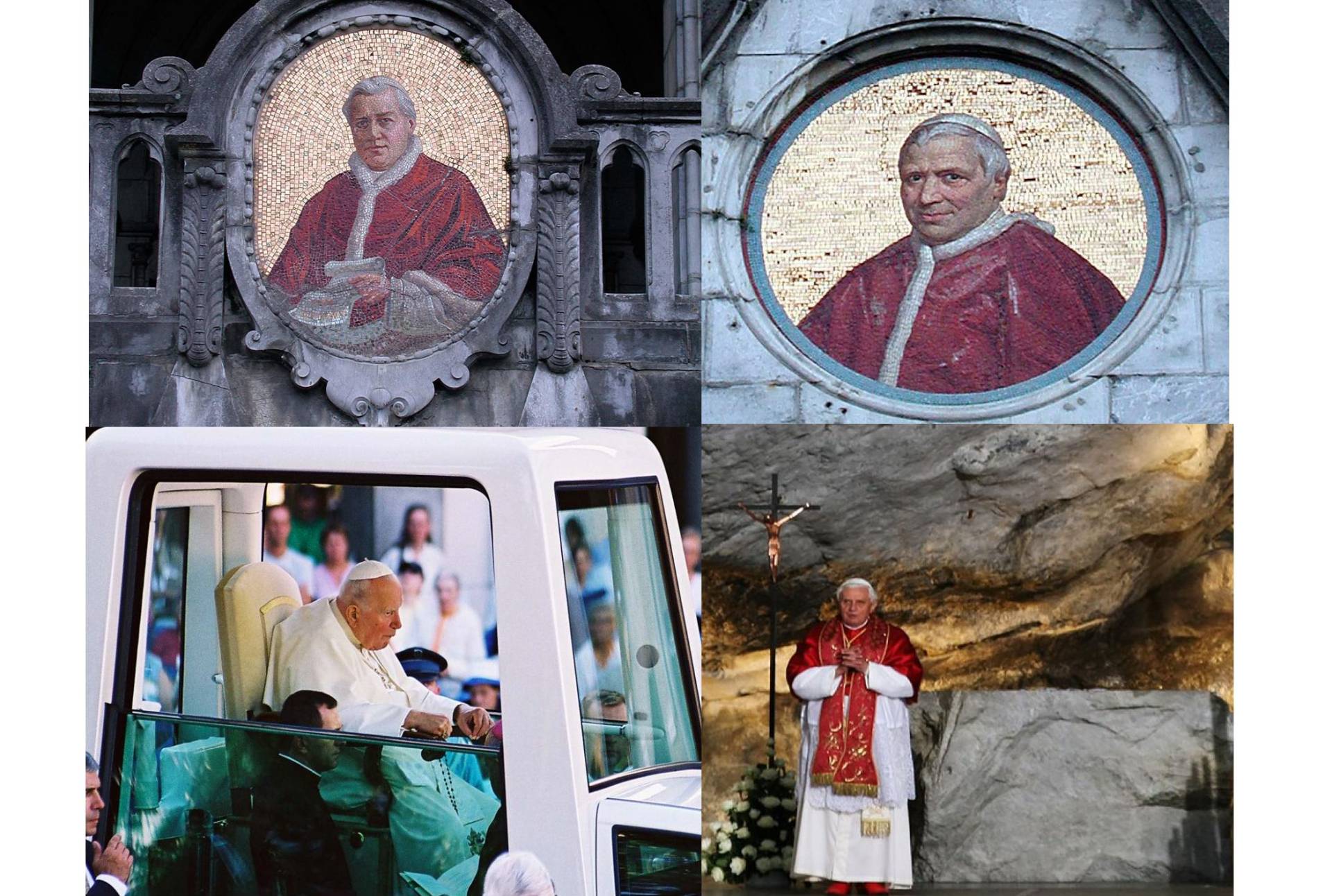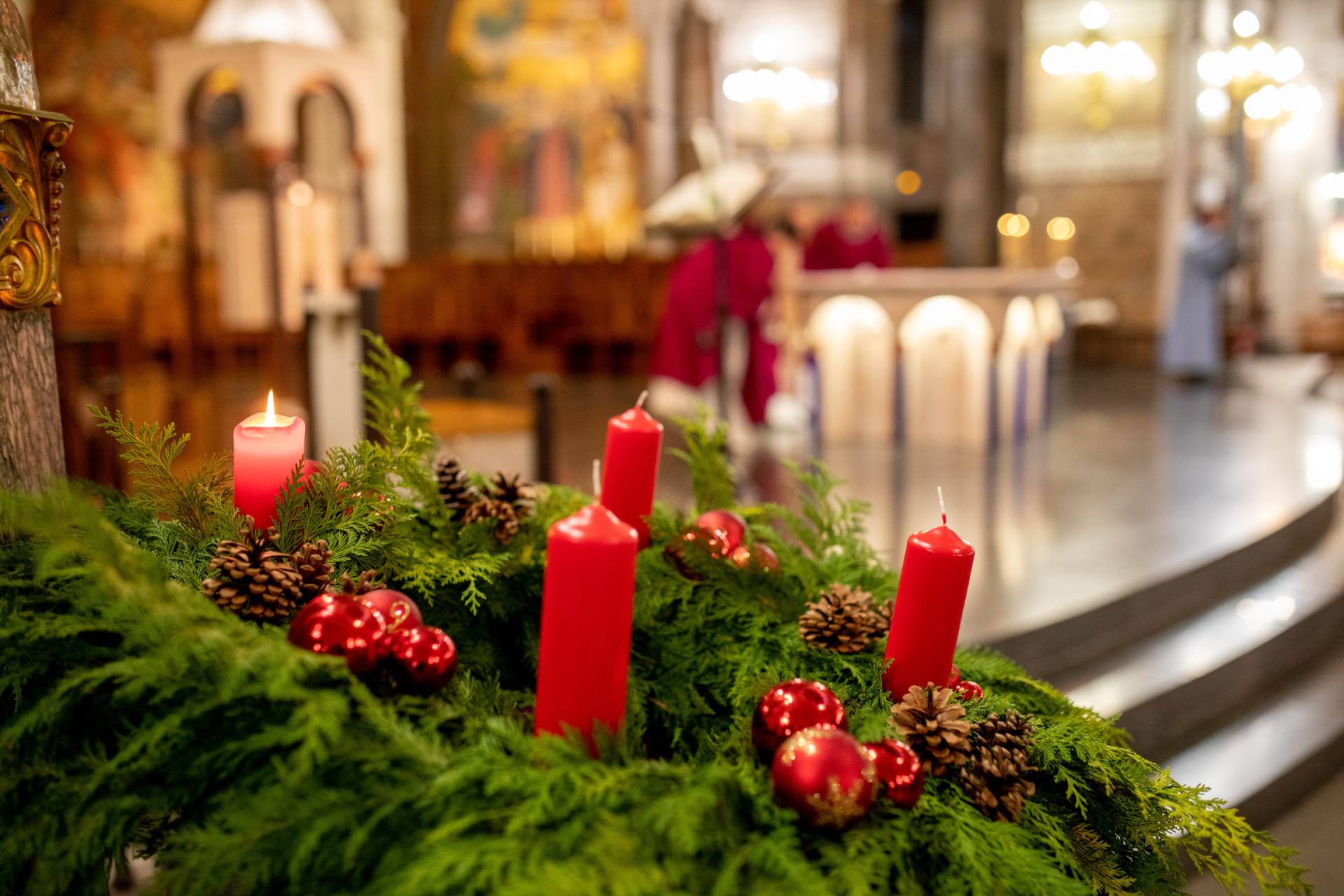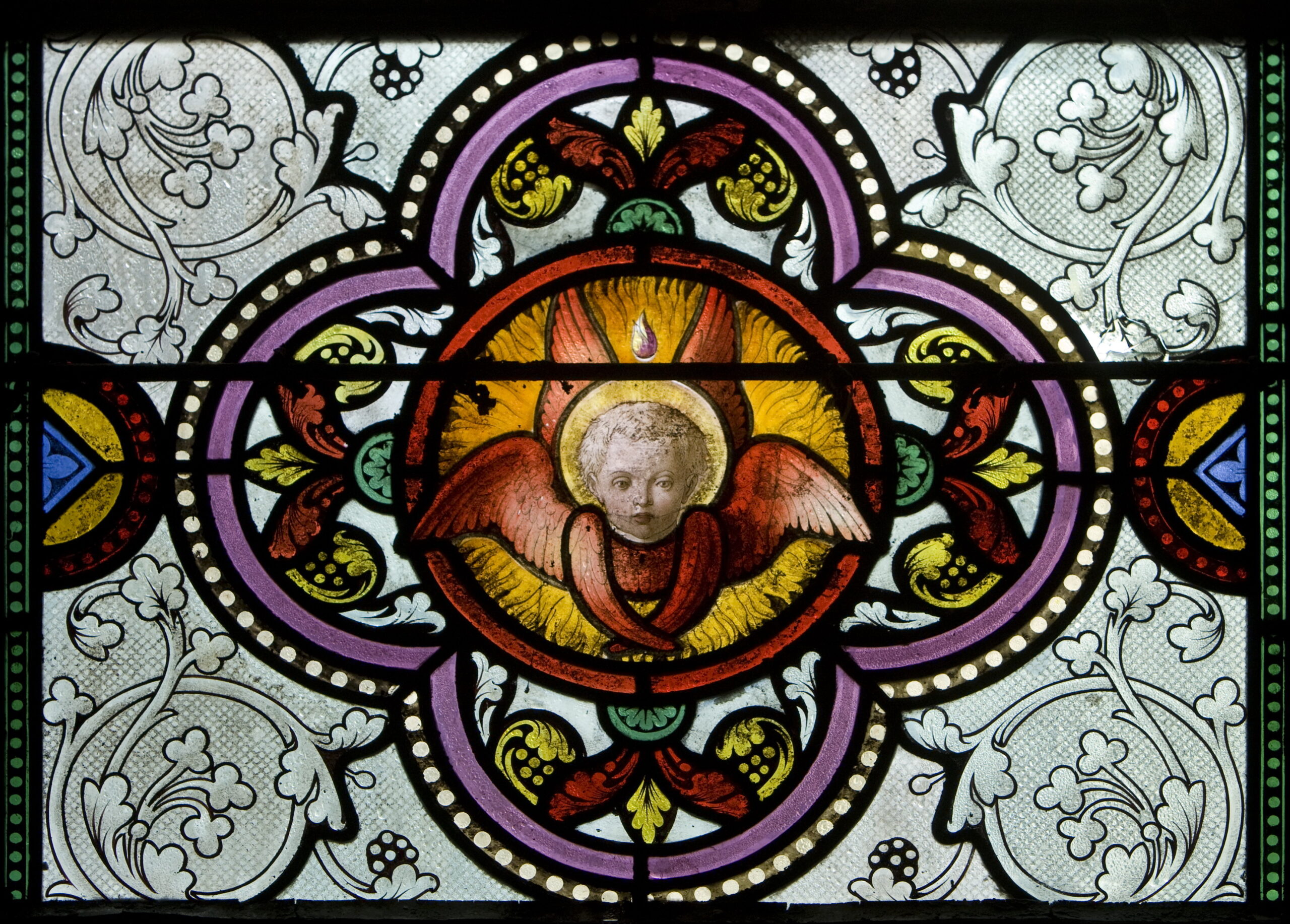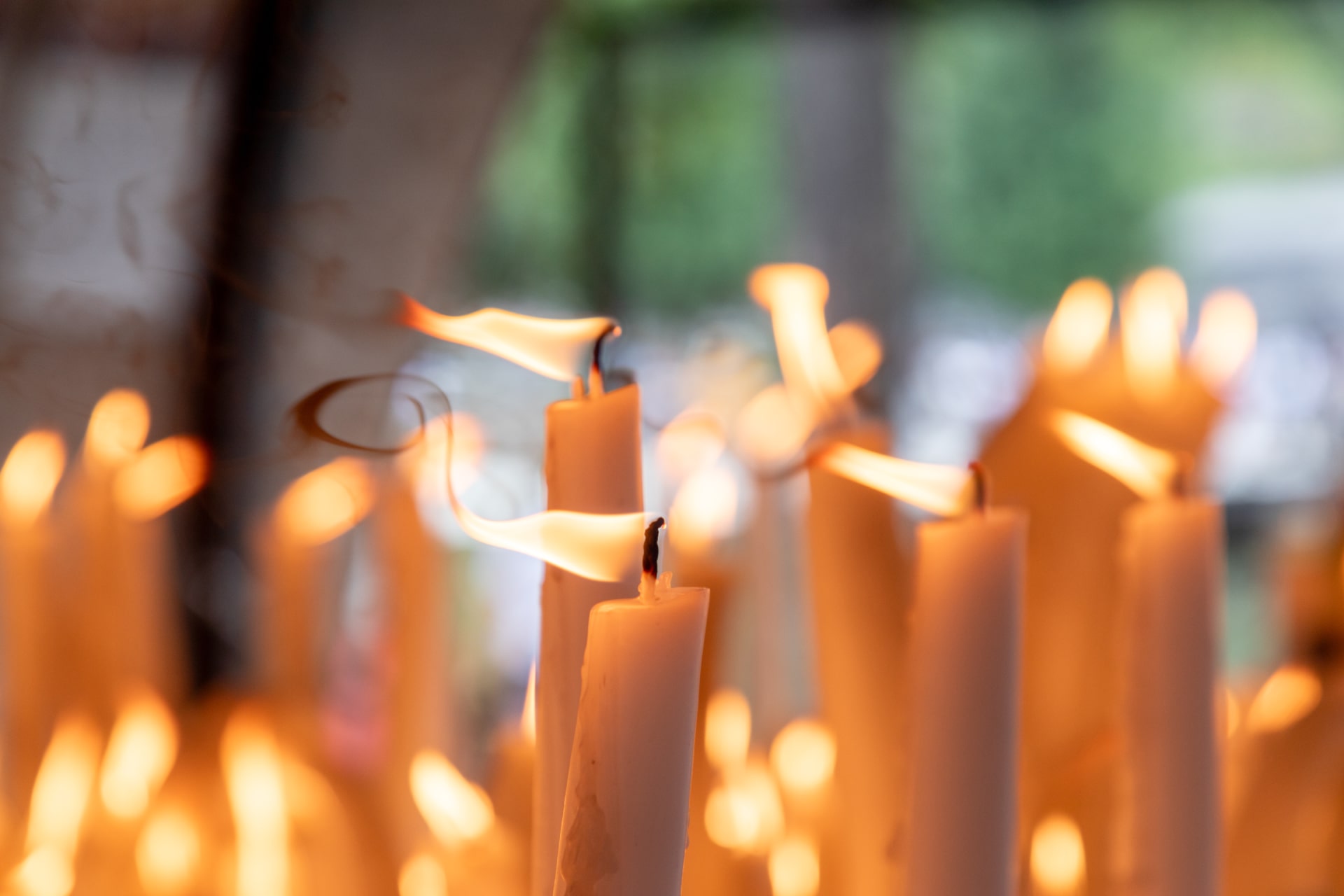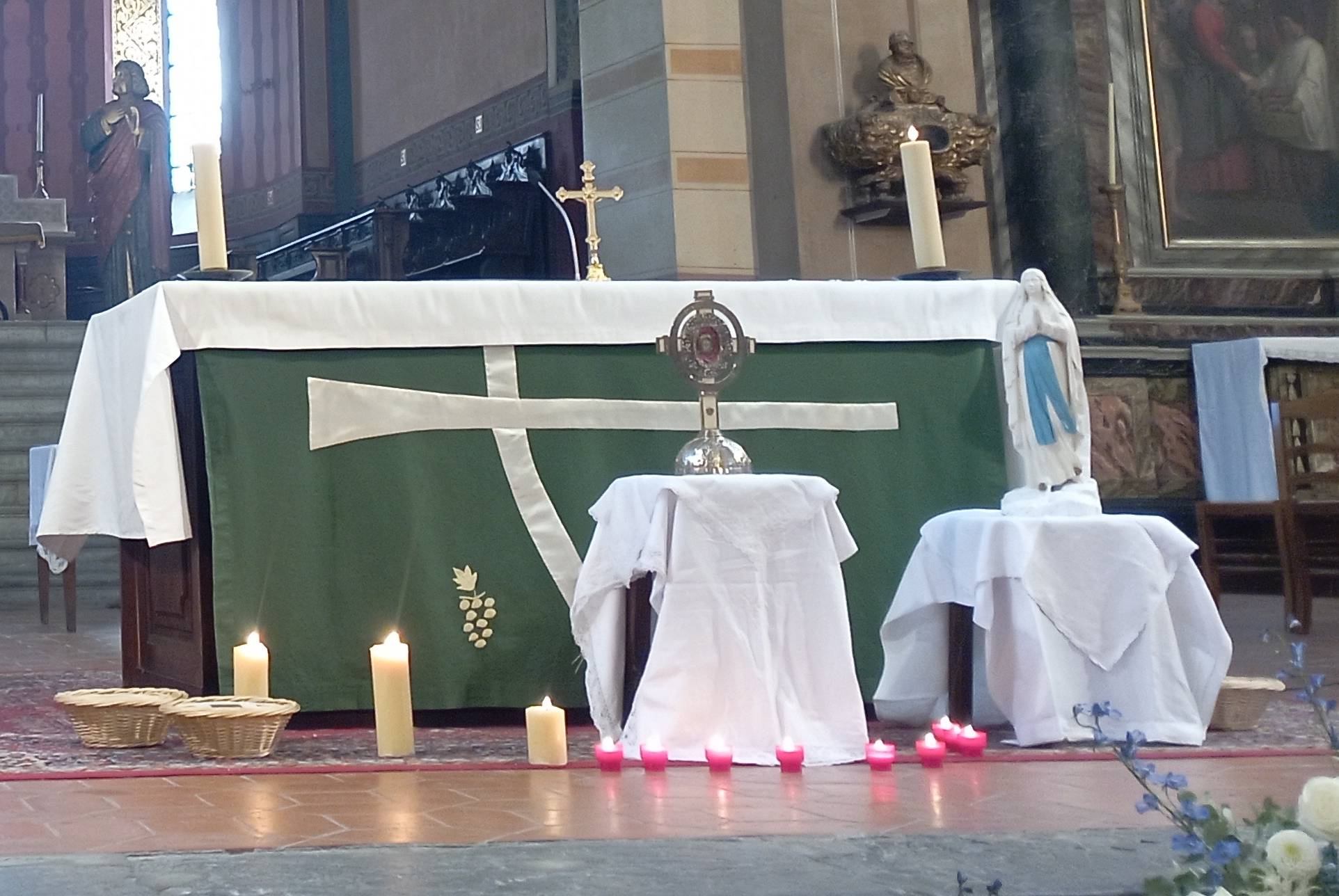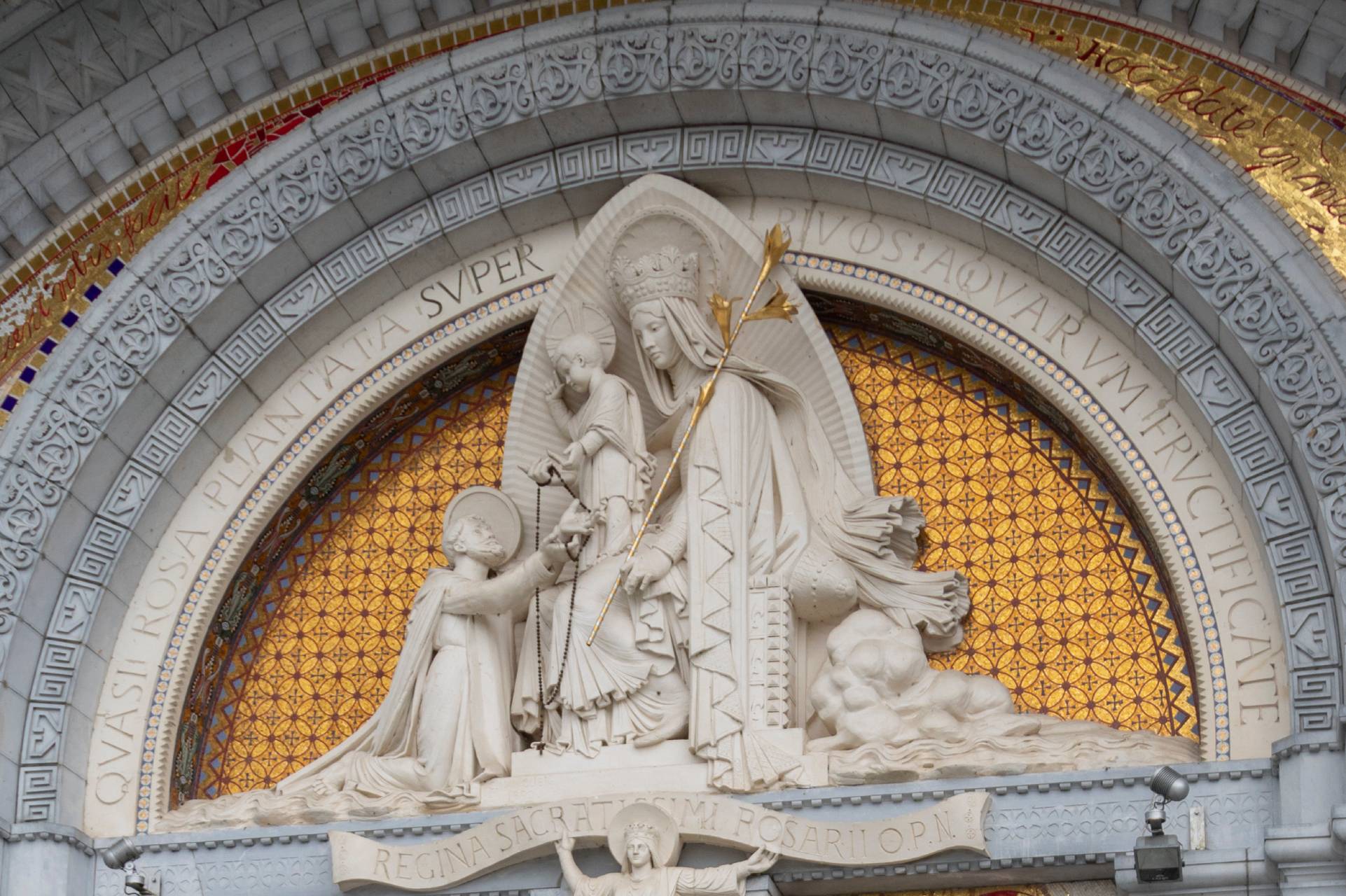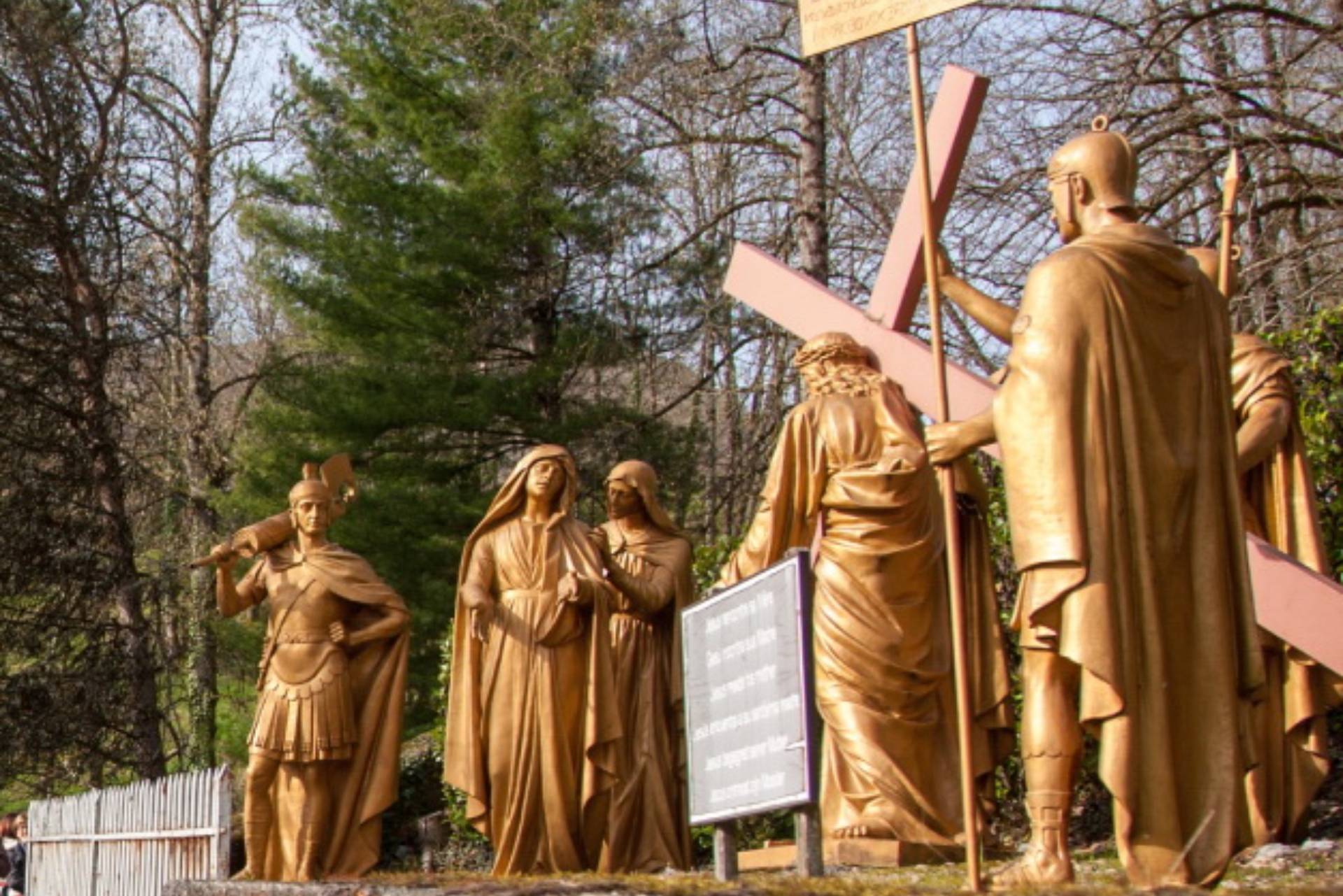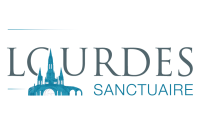On 8th December 1854, Pope Pius IX proclaimed the dogma of the Immaculate Conception, declaring that the Virgin Mary, by a special grace of God, was preserved from original sin from the moment of her conception. This mystery of faith, long venerated in the Church, thus became an official truth of the Catholic faith.
Four years later, in 1858, in Lourdes, a poor, illiterate 14-year-old girl named Bernadette Soubirous saw a ‘beautiful Lady’ in the grotto of Massabielle. On 25th March, the feast of the Annunciation, the Lady finally revealed her name to her: ‘Que soy era Immaculada Councepciou’ (‘I am the Immaculate Conception’).
Despite Bernadette’s inability to comprehend these words, she faithfully repeated them to the Lourdes priest. He saw it as a shocking affirmation: this young girl, incapable of inventing such a theological statement, had unwittingly confirmed the doctrine declared a few years before.
The Church saw an important sign from this revelation: the Virgin herself was confirming what the Church had defined by faith. Lourdes thus became a living echo of the dogma, and a place where Mary showed her maternal presence in a way that was both pure and intimate with humanity’s wounds.
The popes' perspectives on Lourdes
Popes have always shown great interest in Lourdes, seeing it as a providential sign and a source of spiritual renewal for the Church.
- Pius IX, Pope at the time of the apparitions, recognised the dogma of the Immaculate Conception in 1854, four years before the events at Lourdes, which gave great credence to Bernadette’s testimony.
• Leo XIII strongly encouraged Marian worship in Lourdes and approved several prayers and indulgences linked to the Sanctuary.
• Saint Pius X beatified Bernadette in 1925, and she was canonised in 1933 under Pius XI.
• John Paul II made his mark on recent history by visiting Lourdes in 1983 and 2004, despite his advancing illness. In this land where heaven has touched earth, John Paul II wanted to be a sick person among the sick who come to Lourdes on pilgrimage.
• Benedict XVI also made a pilgrimage to Lourdes in 2008, to mark the 150th anniversary of the apparitions. He emphasised the importance of silence and prayer, at the heart of the Lourdes experience.
• Pope Francis, although he has not visited in person, has often spoken of Lourdes with affection, highlighting the attention paid to the poor, the sick and the needy.
Papal visits to Lourdes
Six cardinals who became popes from 1914 onwards visited Lourdes on pilgrimage before their election.
As early as the 1890s, this was the case for the future Benedict XV (1914-1922) and Pius XI (1922-1939).
It was Pius XI who beatified the visionary of Lourdes on 14th June 1925 and canonised her on 8th December 1933. The future Pius XII (1939-1958) came to Lourdes in 1935. He dedicated an encyclical letter to Lourdes, entitled ‘The Lourdes Pilgrimage’, published on 2nd July 1957. The future Paul VI (1963-1978) came to Lourdes twice, in 1958 and 1962, while the future John Paul I (August-September 1978) came on pilgrimage in 1975.
Lourdes has welcomed three popes on official visits:
- John Paul II (1983 and 2004): During his visits, he prayed at the Grotto, met the sick and celebrated mass in the open air. His last pilgrimage, in a wheelchair, was a moving testimony to faith lived amid suffering. Before becoming Pope, Cardinal Karol Wojtila came to Lourdes as a young priest in 1947, then as Archbishop of Krakow in 1964 and Cardinal of Krakow in 1975.
- Benedict XVI (2008): His pilgrimage marked the 150th anniversary celebrations of the apparitions. He took part in the Marian procession and delivered powerful messages on faith, suffering and the mission of the Church.
- We should not forget Cardinal Angelo Roncalli, who came to Lourdes before becoming Pope John XXIII, when he was Apostolic Nuncio in Paris. He came to consecrate the Basilica of St Pius X, built to mark the 100th anniversary of the apparitions.
These visits have had a profound effect on the history of the Sanctuary, strengthening its links with the Holy See and enhancing its worldwide influence. Each visit by a pope to Lourdes is experienced as a moment of grace for the faithful and an encouragement for all those who carry a cross in their lives.
‘for nowhere, perhaps, except at Lourdes does one feel so moved to prayer, to the forgetting of oneself, and to charity. When they see the devotion of the stretcher-bearers and the serene peace of the invalids, when they consider the spirit of brotherhood which unites the faithful of all races in a single prayer, when they observe the spontaneous mutual assistance and the sincere fervour of the pilgrims kneeling before the grotto, then the best of men are seized by the appeal of a life more completely dedicated to the service of God and their brothers; the less fervent become conscious of their lukewarmness and return to the road of prayer; quite hardened and sceptical sinners are often touched by grace, or at least, if they are honest, are moved by the testimony of this “multitude of believers of one heart and one soul.”
(Acts. 4:32).
Pilgrimage to Lourdes, 2nd July 1957- Pope Pius XII.


